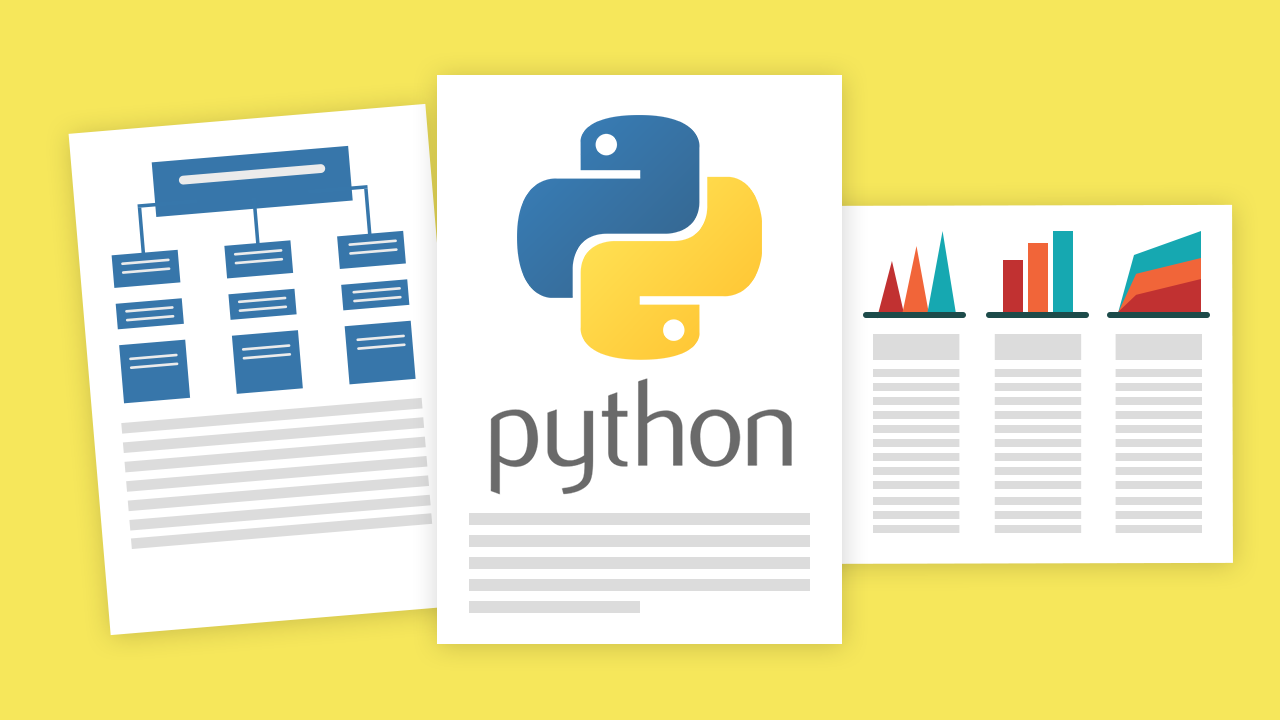How to use Python for Data Analysis: We live in a digital age of high-tech, innovative gadgets, and mobile solutions. In every organization and sector, data is an important part.
It is vital to collect, process, and analyze the data flow and do it as quickly and accurately. The amount of data nowadays can be high, making it time-consuming and expensive to process information. Because of this, the data science industry is rising rapidly and providing new opportunities.
Experts in the data sciences expect this growth to continue in the Python ecosystem. So the market for data scientists outstrips the supply considerably. Therefore, for data science, the future is bright, and Python is just one piece of the boom.
If you plan to become a data scientist or are already one and want to broaden your tool repository, then you have landed on the right page. This page aims to provide robust Data Science with Python learning path for beginners and aspirants. This route offers an overview of the steps to use Python for data science.
What is Python? What makes Python a choice for data analysis?
Python is the world-famous programming language that lets you better manage your data for several purposes. The object-oriented programming (OOP) language is widely used to simplify large complex data sets. Python integrates with other software components well, making it a general-purpose language that you can use to develop a complete end-to-end pipeline – from data to model cleaning and building it directly into production. Moreover, Python is heavily used to create scripts with complex semantics plus unmeasured RAD (rapid application development) capabilities. Python may also be used in another way as a coupling language.
Another advantage of Python is its high readability, which allows engineers to save time by typing fewer code lines for the tasks. Python is fast; with data analysis, it jobs well. Python has profound learning, organized methods to do machine learning, and deals with many data. As people move to in-depth understanding, the bias moves towards Python.
Python is a creative tool with a wide variety of advantages in data science.
- Simplicity: The first thing that comes to mind is its simplicity when you speak about Python’s success in the programming and data science communities. One of Python’s best features is its simplicity and legibility, making it a comfortable language for beginners.
- Easy to learn: You have a notion that Python is commonly known for its simple syntax and readability when engaged in the creation of web services, mobile apps, and coding. Yes, these are the most well-known language features.
- Libraries – one solution for all needs: Python’s simplicity makes it the first option for many people. It’s fantastic array of libraries make it more appealing to career-minded Data Science professionals. Python has become more prosperous over the years by adding libraries that further improve its functionality.
- Multi Paradigm Approach: A nice thing about Python is that it is a multiparadigm programming language. Unlike OOP languages, it does not restrict its approach.
- Enterprise Application Integration (EAI): Python is an ideal platform for Python is firmly embedded in applications, often those written in other programming languages. It is easy to integrate with different languages and simplifies the process of web development.
- Graphics and visualization tools: It is well known that you can understand visual information, operate, and remember it more easily. Here’s another part of the good news for you. There are a variety of options for visualizations. So Python is not just a data analysis tool; it’s a must for any data science.
How to use Python for Data Analysis?
You can implement Python data analytics in many possible ways in your current business intelligence and analytics tools.
- Python’s ability to quickly build and manage data structures is one of the most popular applications: Pandas provides a host of tools, for instance, for manipulation, analysis, and even representation of data structures and complex data sets.
- It involves time series and more complex data structures, including combining, flipping, and slicing tables, generating new viewpoints and insights into existing collections.
- Along with the complex machine learning capabilities, tools like Scikit-Learn (also known as Sklearn) provide advanced analytical tools.
- It enables you to construct more advanced models, render complex and multivariate regressions and prepare data.
- Together with the iPython and NumPy libraries themselves, these tools can be the basis for a robust data analytics suite.
- You can also use Python as an algorithm to write your own data analytics that you can build indirectly through API.
How to learn Python quickly for Data Science?
First, you want to find the best way to train you on how to use Python. The course is specifically designed to learn Python at your data science speed. It is challenging for you to write actual code and use real data in an immersive in-browser interface.
Besides learning Python, the path to becoming a data scientist should also involve soft skills and abilities. Moreover, you can learn some complementary technological skills along the way.
There are several estimates of how long Python learning will take. For data science, it forecasts a range of continuous practice from three months to one year. It all depends on your preferred timetable, free time to learn Python programming, and the pace you know.
There are several loads of Python learning resources. Still, it’s best to pick a section that teaches data science explicitly if you want to learn it for data science. Python is used in many other programming disciplines, including game development and mobile applications.
Final words
In short, Python has shown that it is a data science game-changer. These valuable tools and features make it the first option for many data scientists and data analysts worldwide.
Python’s output capability is much higher than other common languages used in data analytics. Its compatibility with a wide variety of different languages means that it is also simpler to do so.
Python’s relatively light use of memory and other computing resources means that languages such as MatLab or R explicitly created for statistical analysis can quickly be overridden.







